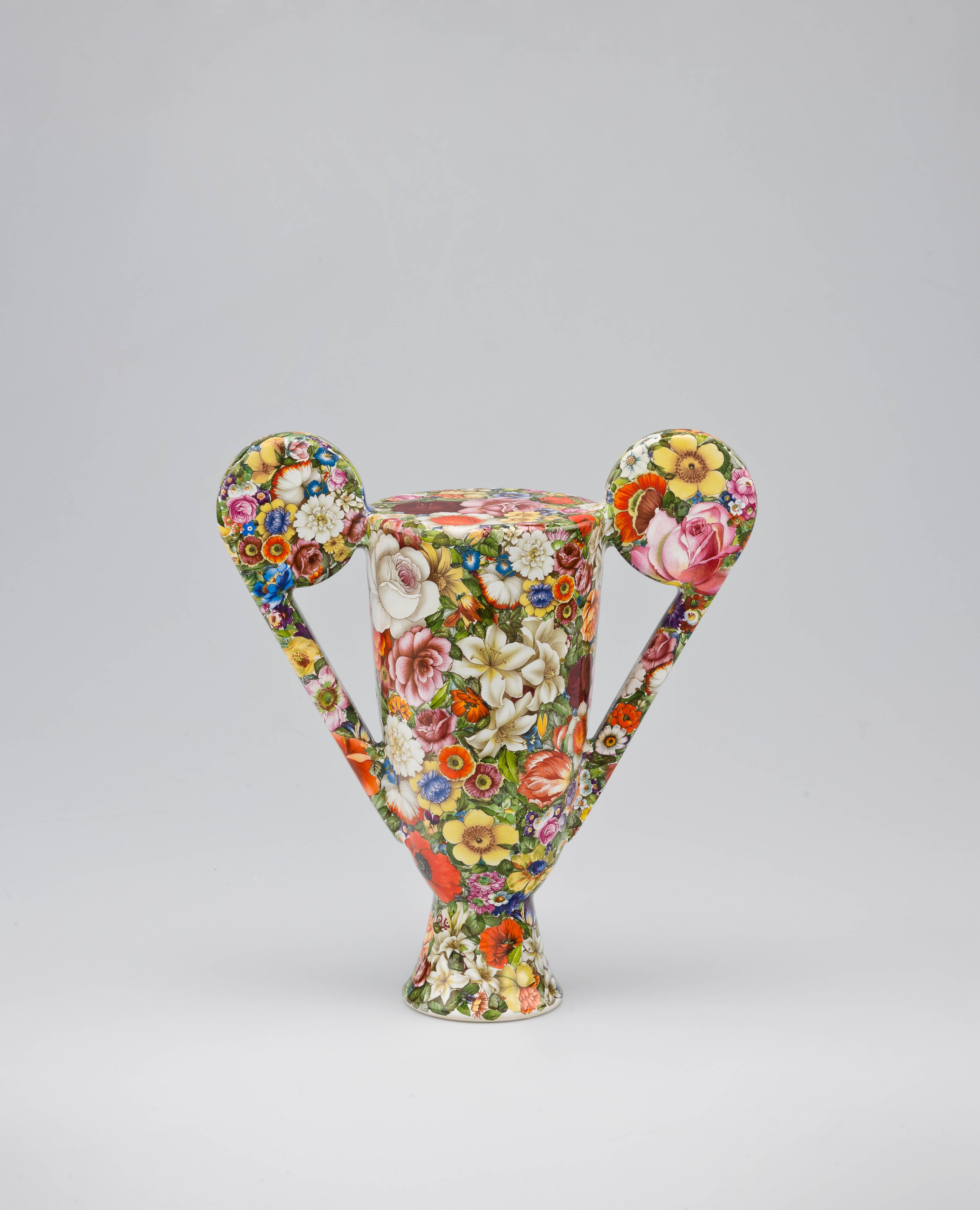Marilyn Levine (née Hayes), ceramic artist (born 22 December 1935 in Medicine Hat, AB; died 2 April 2005 in Oakland, CA). Marilyn Levine was one of Canada’s most internationally recognized ceramic artists, chiefly associated with the ceramic Funk movement. Her stoneware representations of leather suitcases, handbags, jackets and boots are in numerous collections around the world, including the Dallas Museum of Art, the Delaware Art Museum, the Gardiner Museum in Toronto, the Los Angeles County Museum of Art, the MacKenzie Art Gallery, the National Gallery of Australia and the San Francisco Museum of Modern Art.
Early Life, Education and Career
Levine was born in Medicine Hat, AB, and raised in Calgary. She completed an MSc in chemistry at the University of Alberta in 1959 and moved to Regina in 1961 with her then husband Sidney, where she taught high school chemistry while studying ceramics under Beth Hone and Jack Sures at the University of Saskatchewan’s Extension Program.
In 1970, she received a Canada Council Junior Arts Award and completed her MA at the University of California, Berkeley, studying with the influential Peter Voulkos. In her second year, Levine rejected the restrictions of functional studio pottery and followed Voulkos’s expressionist style, approaching clay with an eye for opticality and trickery. For her MFA at Berkeley, which she received in 1971, she made three trompe-l’oeil objects (designed to give the illusion of reality) from clay: a doctor’s bag, a knapsack and a carrying case.
She returned to Regina to teach at the Extension Program and in the Department of Visual Arts at the University of Saskatchewan. The multimedia exhibition, Sharp-Focus Realism, held in 1972 at the Sidney Janis Gallery in New York, launched Levine’s career in the contemporary art scene. In 1973, she joined the sculpture department at the University of Utah but returned to Oakland, California, in 1976, setting up a studio with Peter Voulkos in a converted warehouse. She resided in Oakland for the rest of her life.
Mature Style
Levine’s trompe-l’oeil objects, sometimes called “super-objects,” were initially seen as a three-dimensional equivalent of photorealism, and her work was compared with Duane Hanson and John De Andrea. Levine’s life-like objects emulating well-worn leather coats, suitcases, handbags, and shoes are technically superb and metaphorically mark the passage of time. The conspicuous absence of the possessor of the object heightens the narrative and the poignancy of loss.

 Share on Facebook
Share on Facebook Share on X
Share on X Share by Email
Share by Email Share on Google Classroom
Share on Google Classroom

